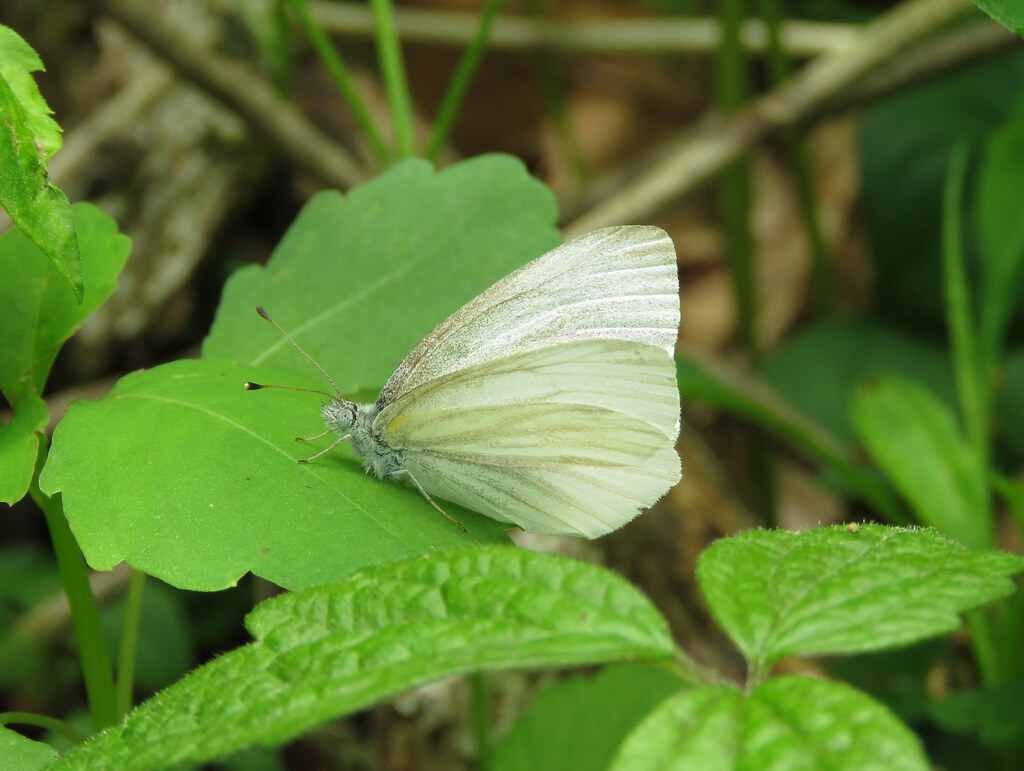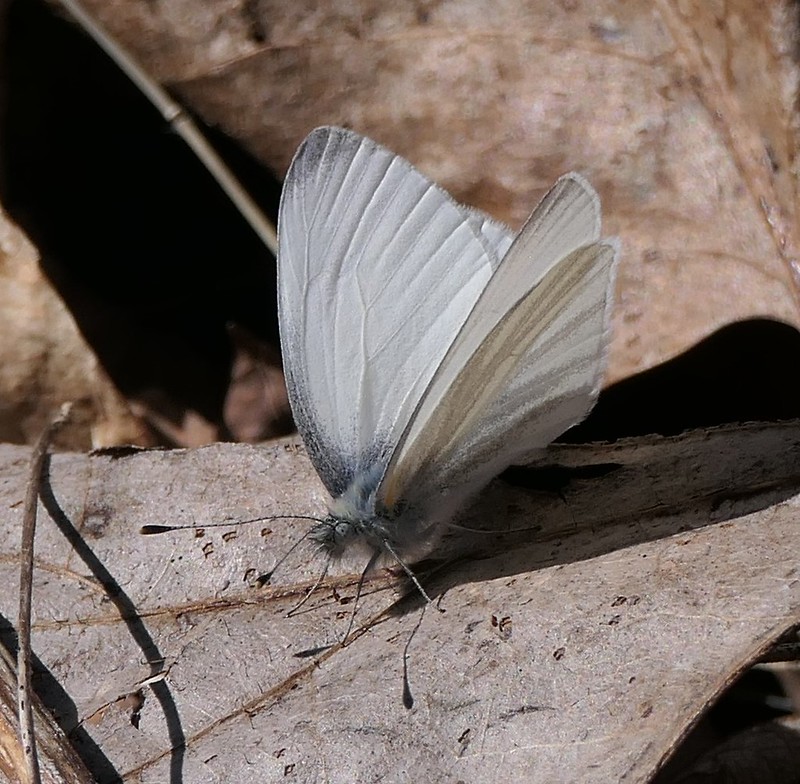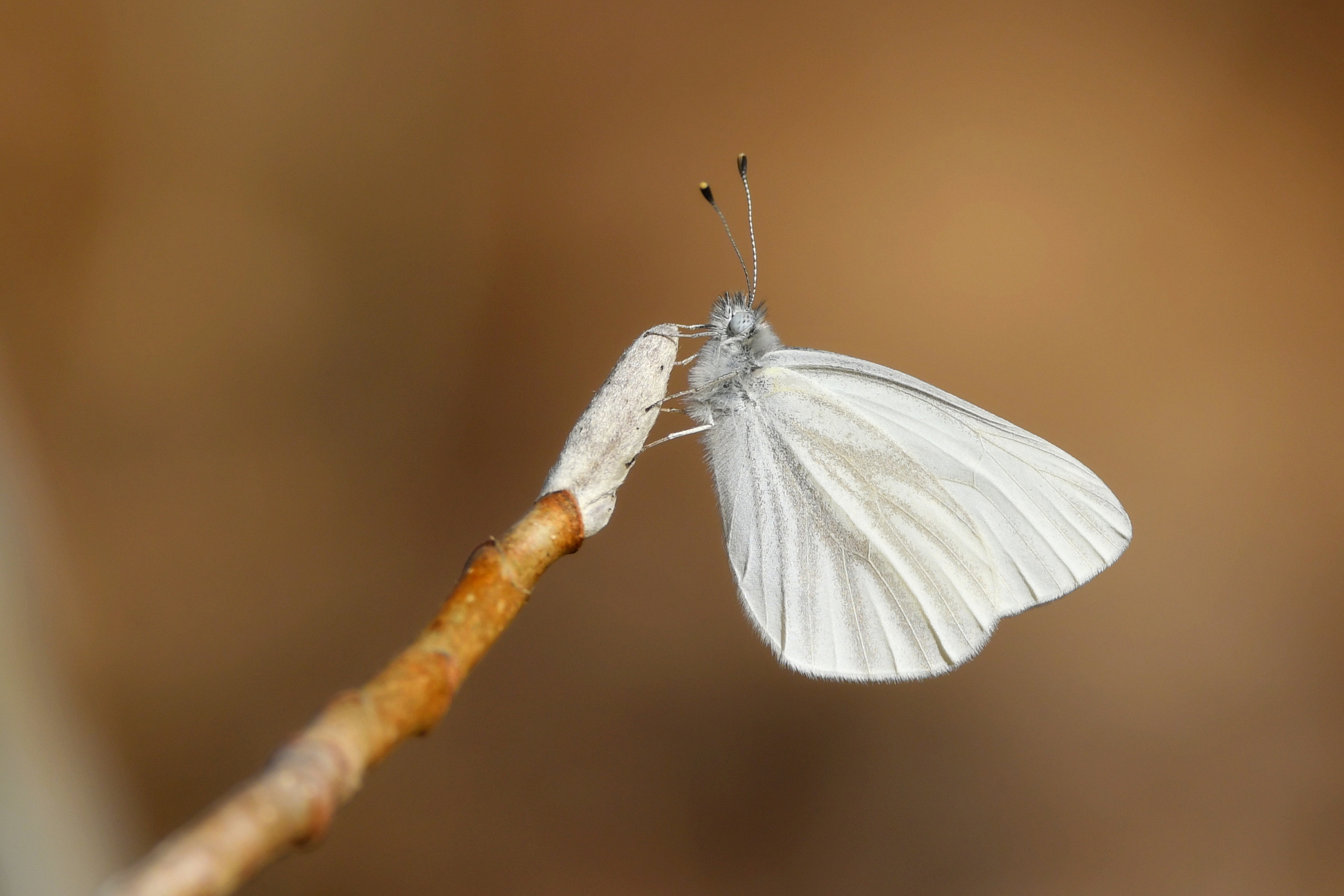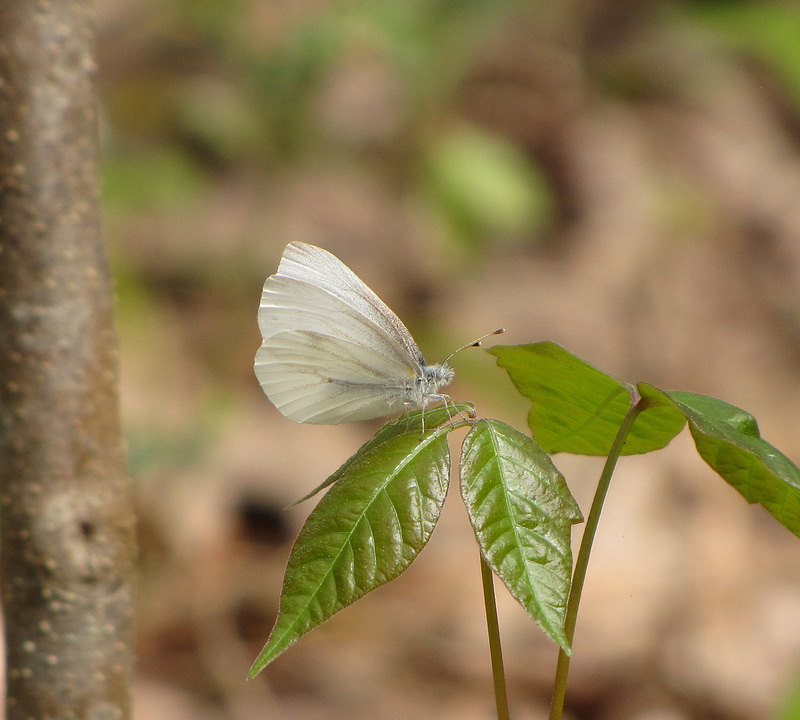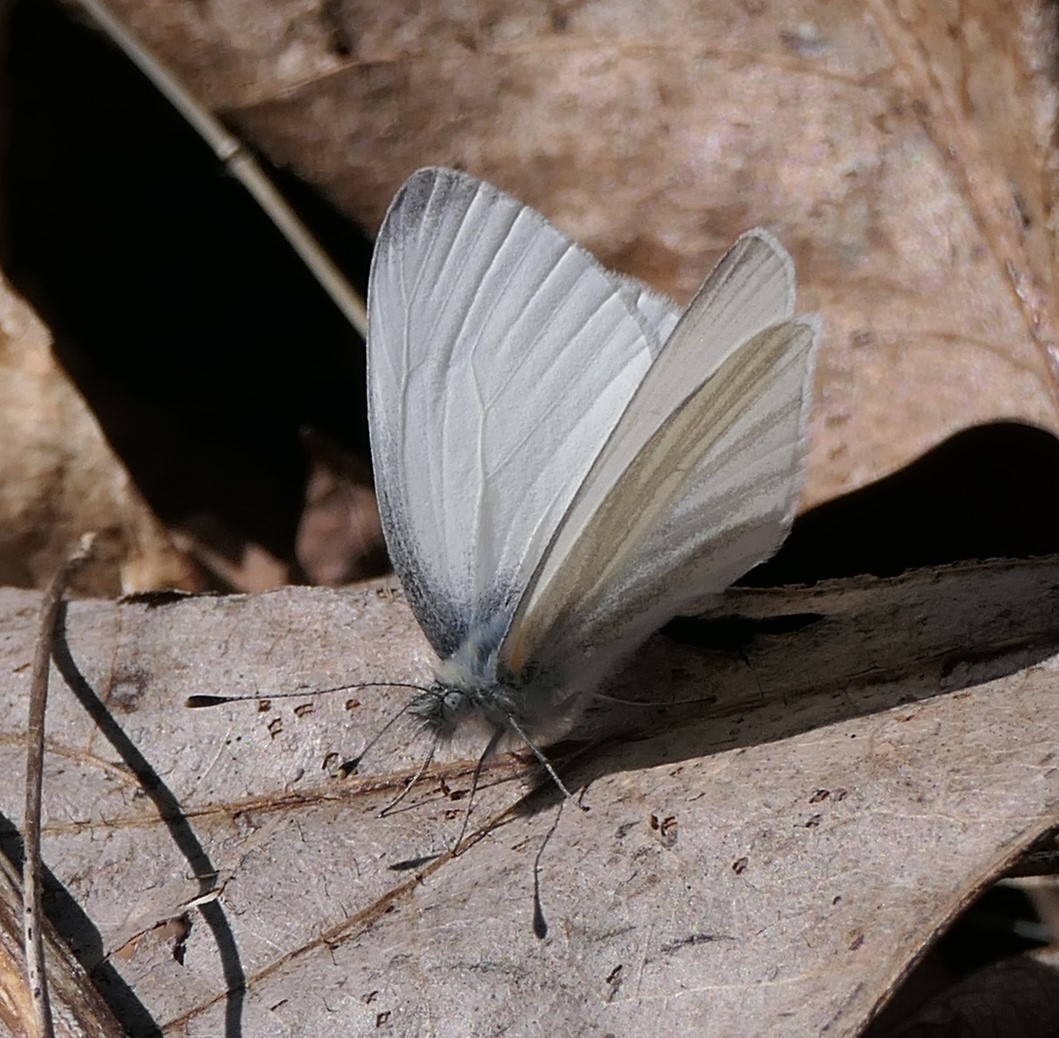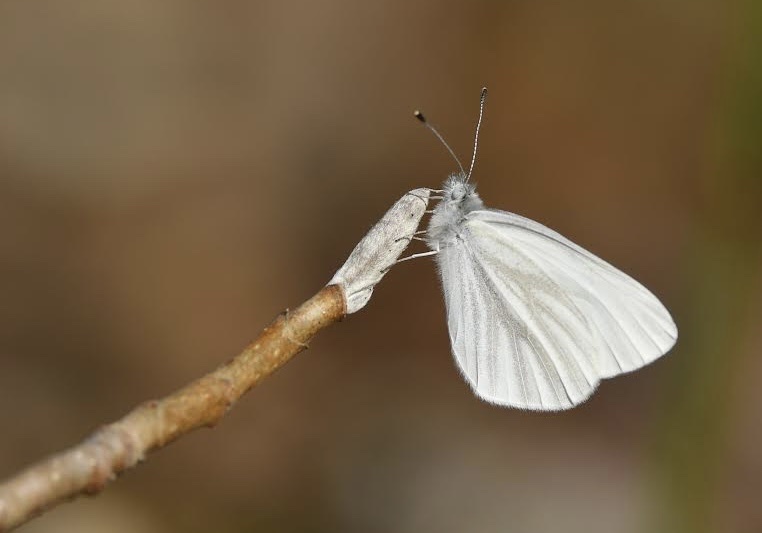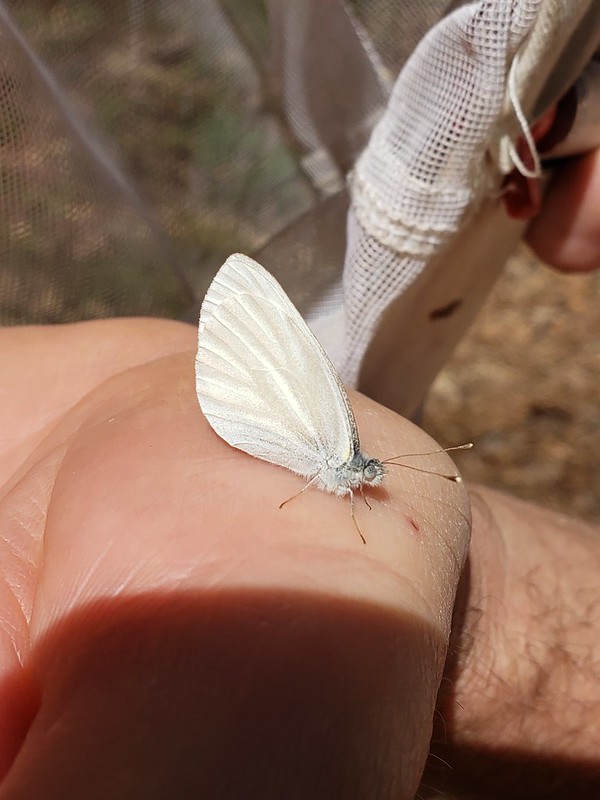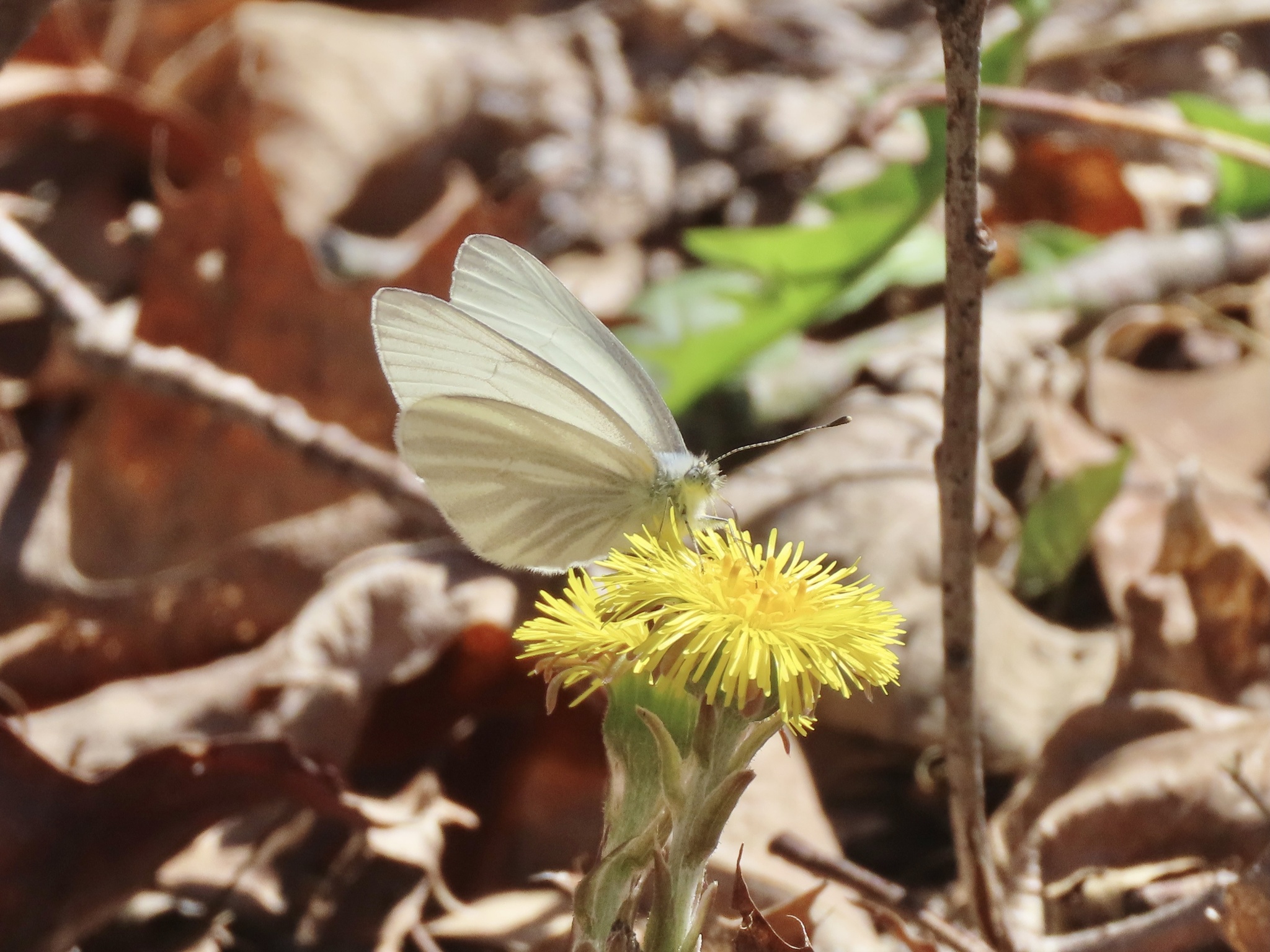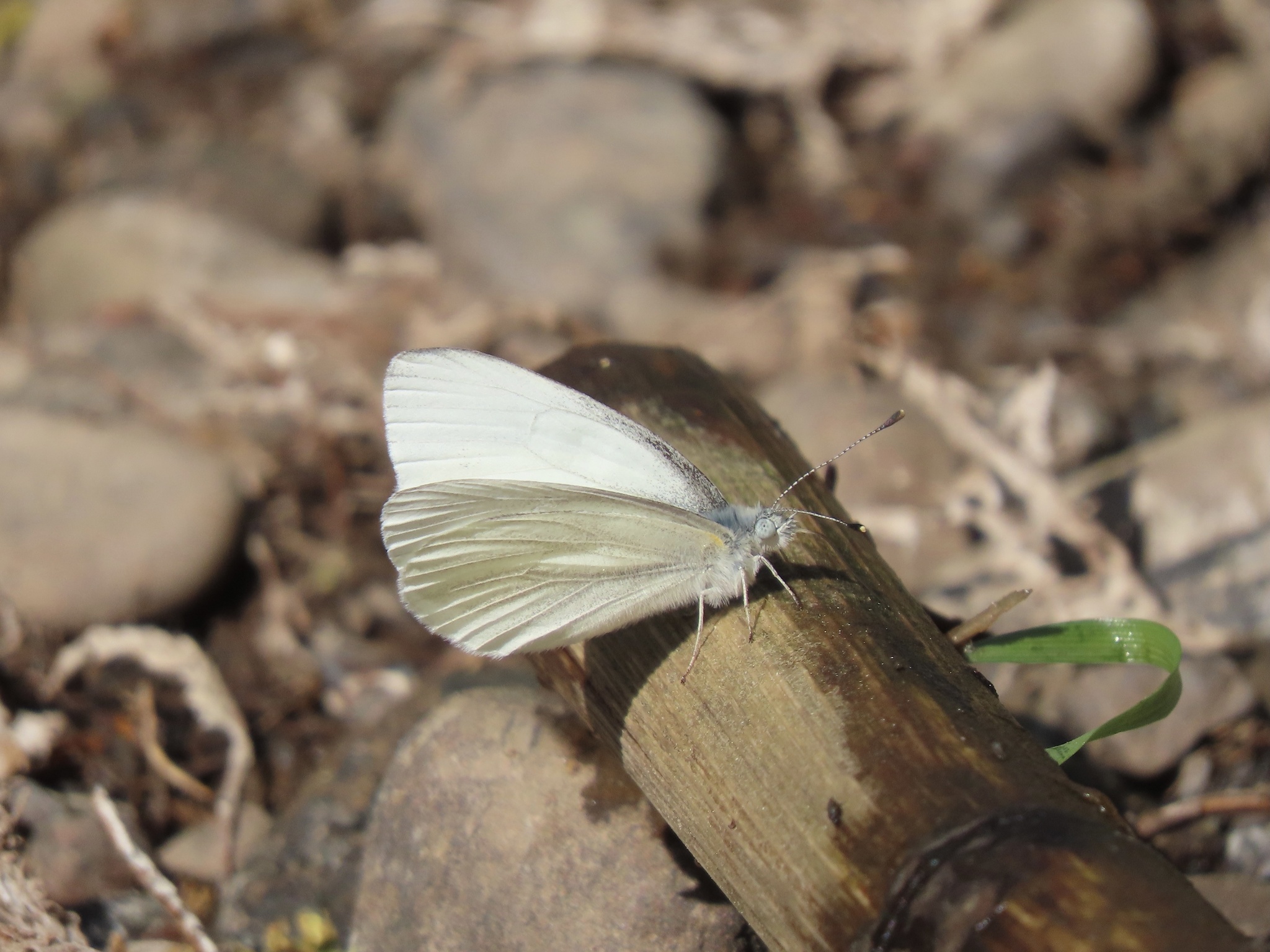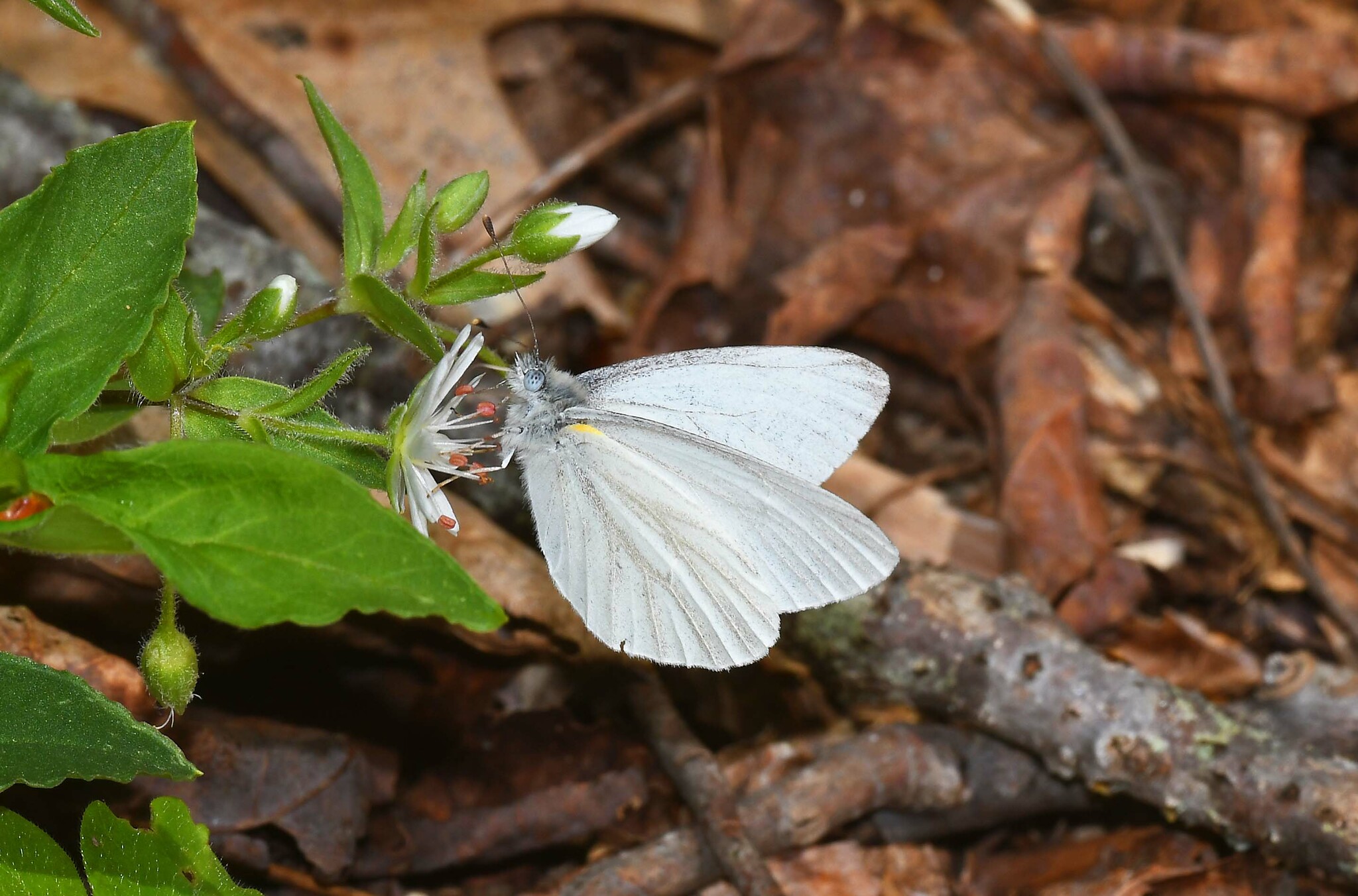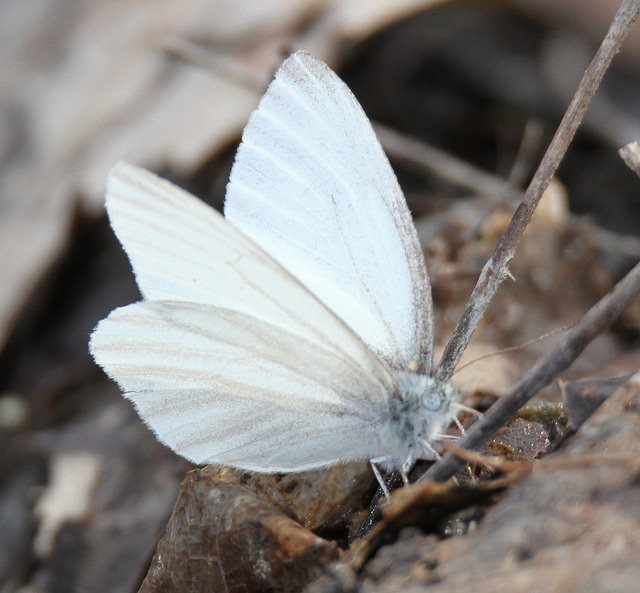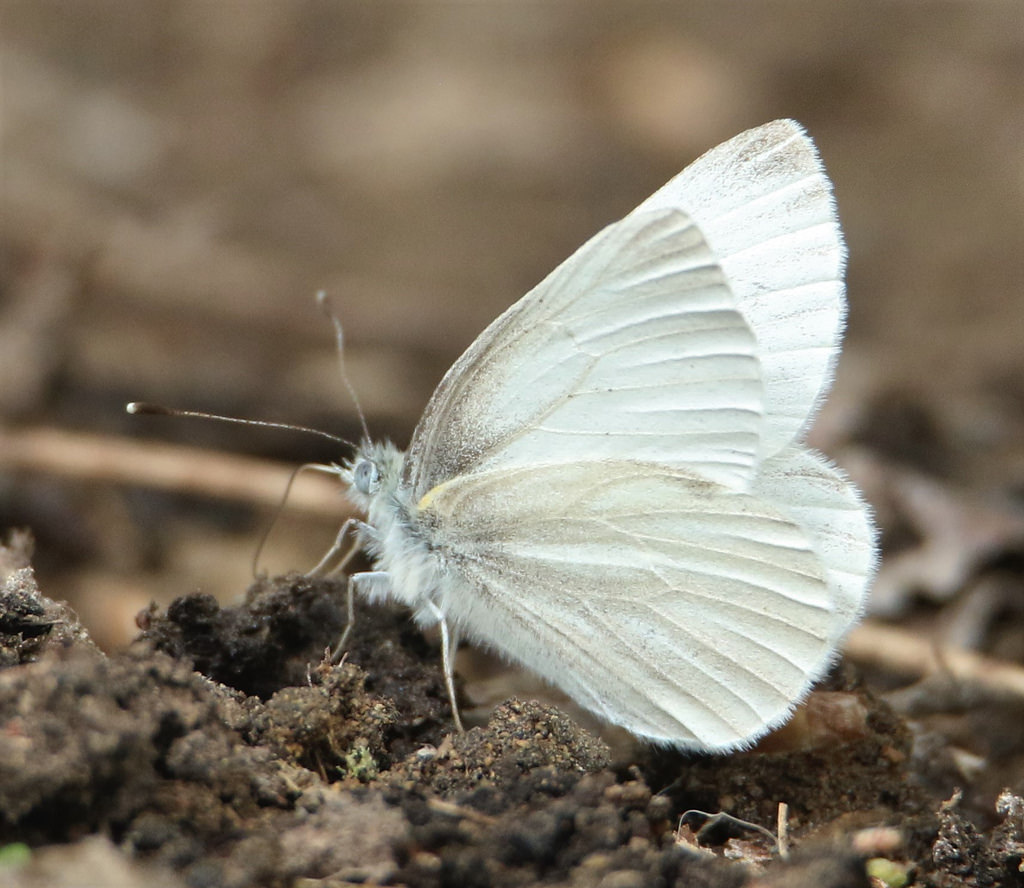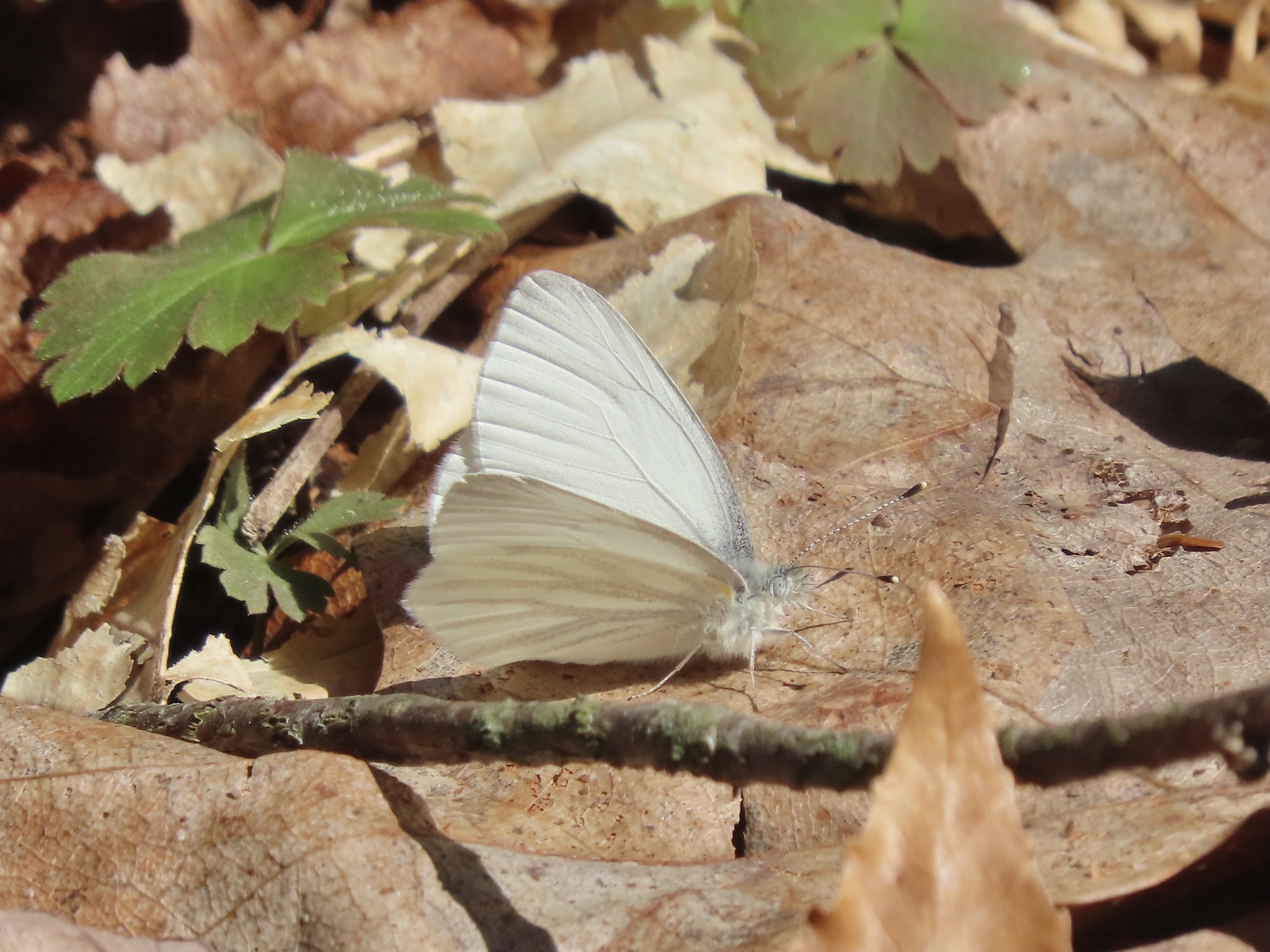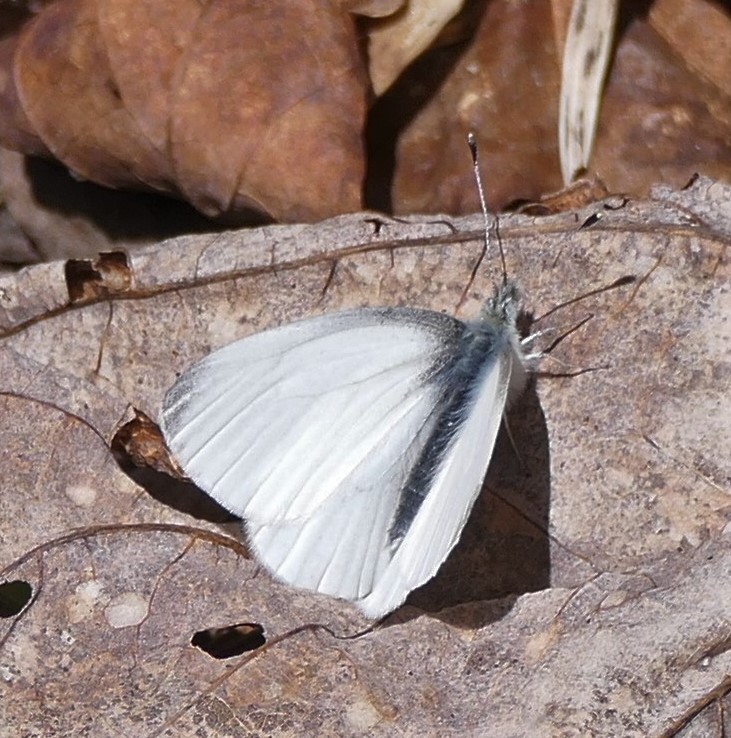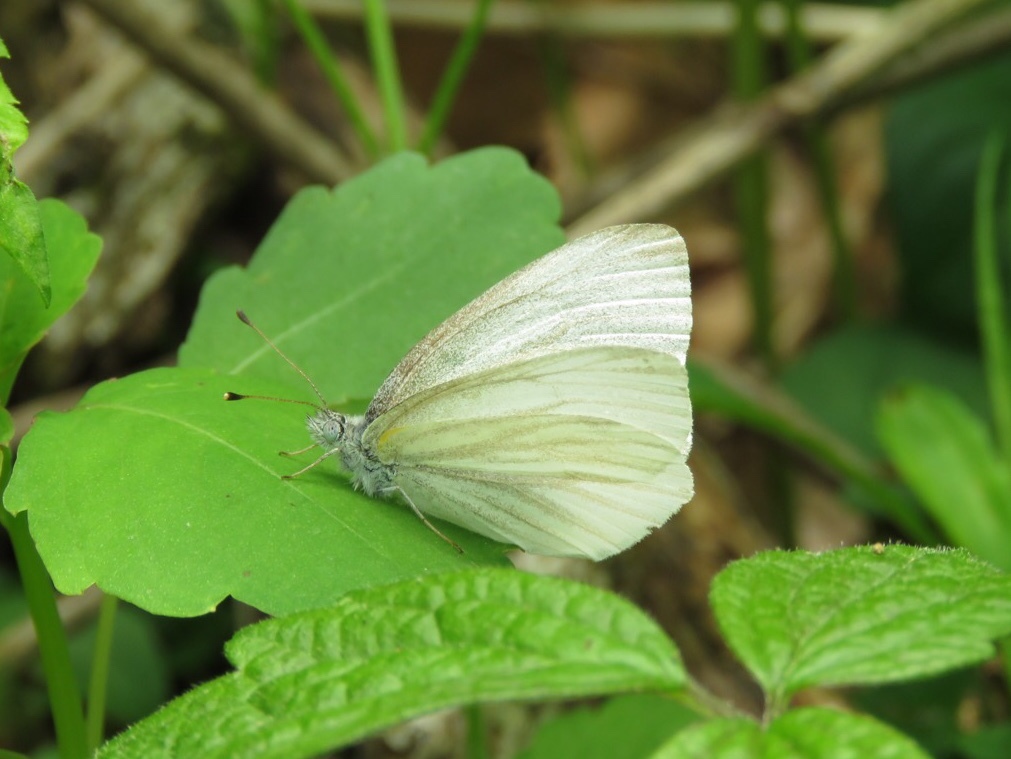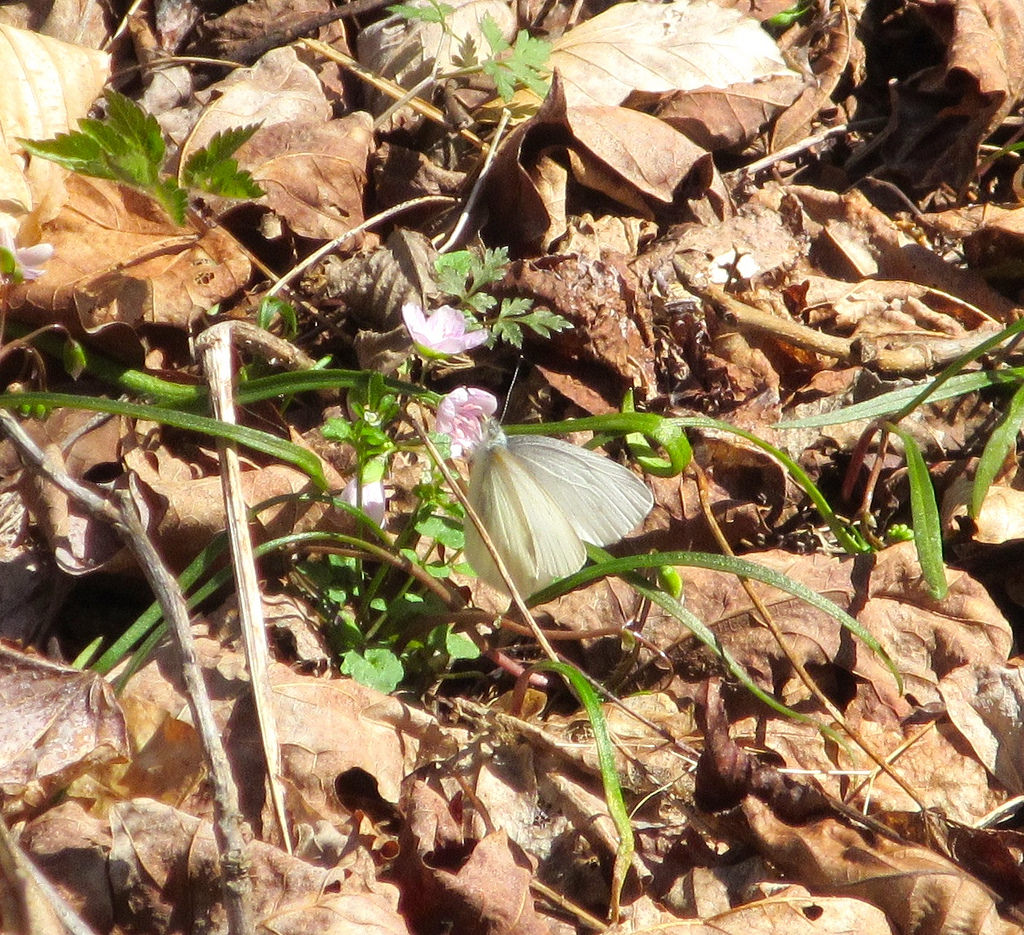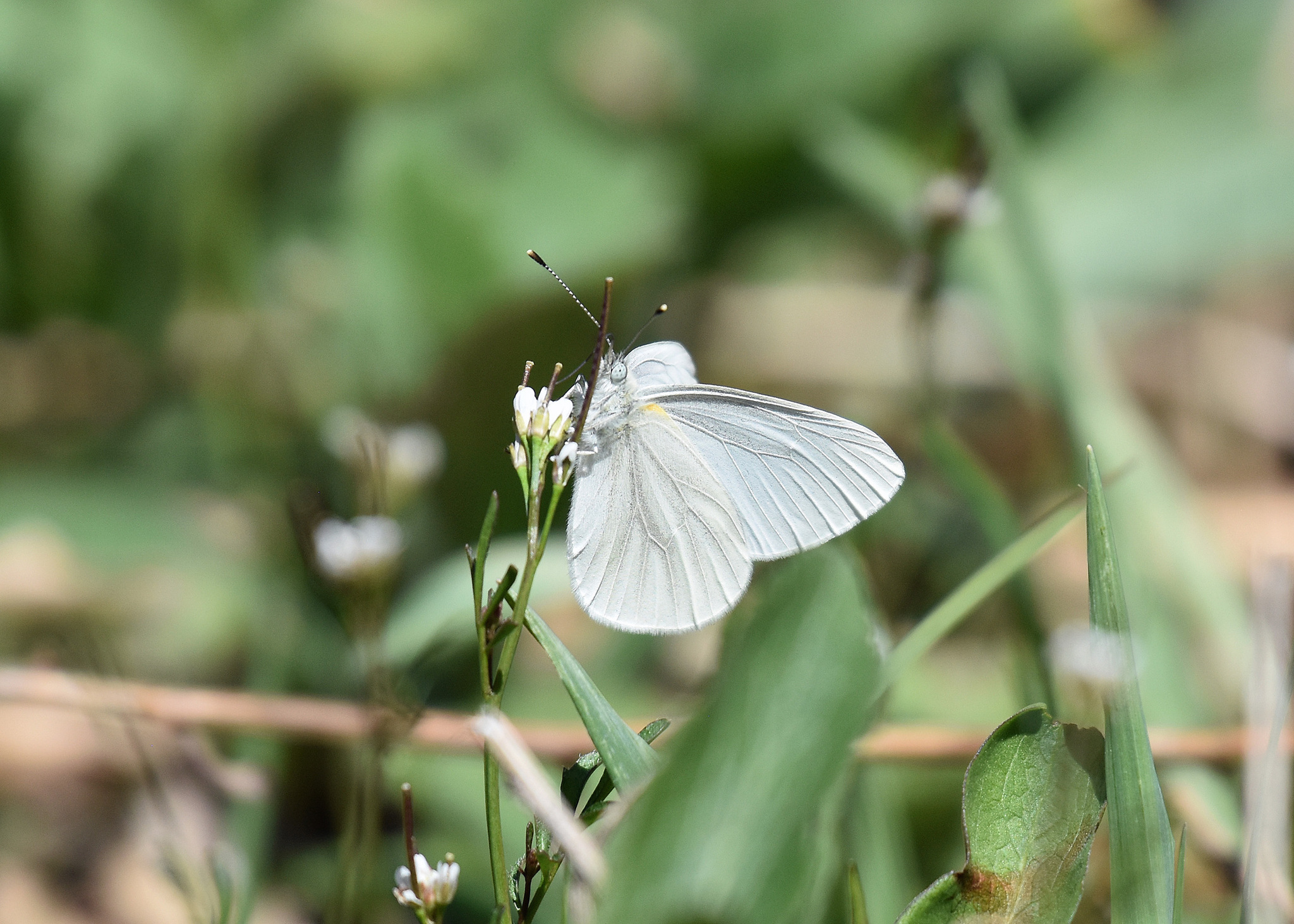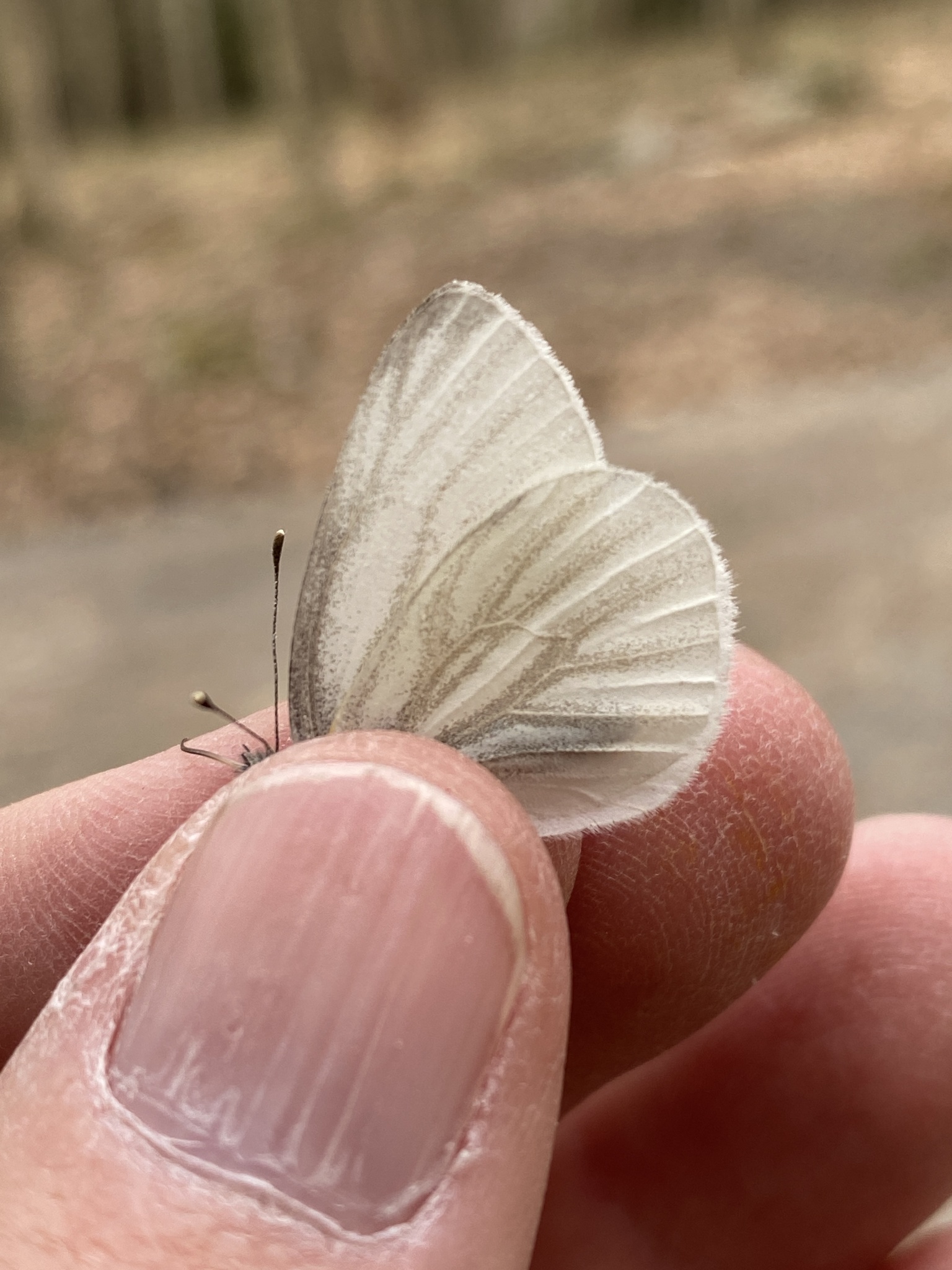Map Snapshot





78 Records
Status
In contrast to the introduced Cabbage White, the beautiful and delicate West Virginia White (Pieris virginiensis) is indicative of high quality, relative intact forested or woodland habitats, where it can find its perferred wildflower food plants. Its flight is fluttery and slow, compared to the stronger, purposeful flight of Cabbage White. West Virginia White is a univoltine spring species, active as an adult from April to May (Butterflies of Maryland: A Biological Summary and Checklist by Lynn Davidson & Richard Smith; Kaufman Guide to Butterflies of North America; The Butterflies of West Virginia and Their Caterpillars). This species is ranked globally as G3 (globally rare), and ranked in Maryland as S1-S2 (highly state rare-state rare). It is restricted to western Maryland.
Relationships
This species typically uses toothworts (Cardamine sp.) or rockcresses as larval food plants. It is unfortunately attracted to, and will oviposit on, the invasive weed Garlic Mustard (Alliaria petiolata), but the leaves are toxic to the caterpillars. This can lead to population declines where habitat has been disturbed, and garlic mustard has gained a foothold.
Seasonality Snapshot
Source: Wikipedia
| West Virginia white | |
|---|---|

| |
| On wild mustard | |
| Scientific classification | |
| Domain: | Eukaryota |
| Kingdom: | Animalia |
| Phylum: | Arthropoda |
| Class: | Insecta |
| Order: | Lepidoptera |
| Family: | Pieridae |
| Genus: | Pieris |
| Species: | P. virginiensis
|
| Binomial name | |
| Pieris virginiensis Edwards, 1870
| |

| |
Pieris virginiensis, the West Virginia white, is a butterfly found in North America in the Great Lakes states, along the Appalachians from New England to Alabama, and in southern Ontario. They are typically found in moist deciduous forests. Forestry, development, and a highly-invasive species that it confuses with its host plant (Cardamine) are causing this species to decline.[2]
Along with the butterfly Pieris oleracea, it is threatened by the invasive weed garlic mustard, Alliaria petiolata. The butterflies, having not evolved to be familiar with the plant, confuse it with their host plants. The offspring laid on garlic mustard do not survive.[3][4]
It has translucent whitish wings of length 4.5–5.5 cm; the hindwing underside has brownish or pale gray scaling along the veins.
Literary references
[edit]In line 316 of Pale Fire by Vladimir Nabokov, this butterfly is referenced: “The Toothwort White haunted our woods in May.” The moniker refers to its habit of laying eggs on the toothwort.

References
[edit]- US Geological Survey: Northern Prairie Wildlife Research Center: West Virginia White Butterfly
- BugGuide: Species Pieris virginiensis – West Virginia White
- Pieris
- Specific
- ^ "NatureServe Explorer 2.0 Pieris virginiensis West Virginia White". explorer.natureserve.org. Retrieved 3 October 2020.
- ^ Lotts, K., Naberhaus, T., 2016. "West Virginia White". Butterflies and Moths of North America. http://www.butterfliesandmoths.org/species/Pieris-virginiensis
- ^ Driesche, F.V.; Blossey, B.; Hoodle, M.; Lyon, S.; Reardon, R., 2010. Biological Control of Invasive Plants in the Eastern United States. USDA Forest Service. Forest Health Technology Enterprise Team. http://wiki.bugwood.org/Archive:BCIPEUS
- ^ Davis, Samantha Lynn (2015). Evaluating threats to the rare butterfly, Pieris virginiensis (PhD dissertation). Wright State University.
